Pollinators
By: Patty Puckett Tingler, Skagit County WSU Extension Master Gardener
Pollen is a fine powdery substance, typically yellow, consisting of microscopic grains discharged from the male part of a flower. The term pollinator is not limited to wind, insects, animals, and butterflies. Some unexpected insects such as beetles and moths are also pollinators, performing the critical task of transporting pollen to the female parts of other plants, enabling fertilization and the production of seeds and fruit. Pollinators are vital to global crop production. According to an article published by the U.S. Forest Service, “Of the 1,400 crop plants grown around the world, i.e., those that produce all of our food and plant-based industrial products, almost 80% require pollination by animals.”
It is widely assumed that the honeybee is the predominant pollinator. However, there are many types of bees, solitary and social, and they all play a role in pollination. Typically, in a home garden, you’ll find solitary bees that are not part of a hive; however, all bees play a role in pollen distribution and pollination.
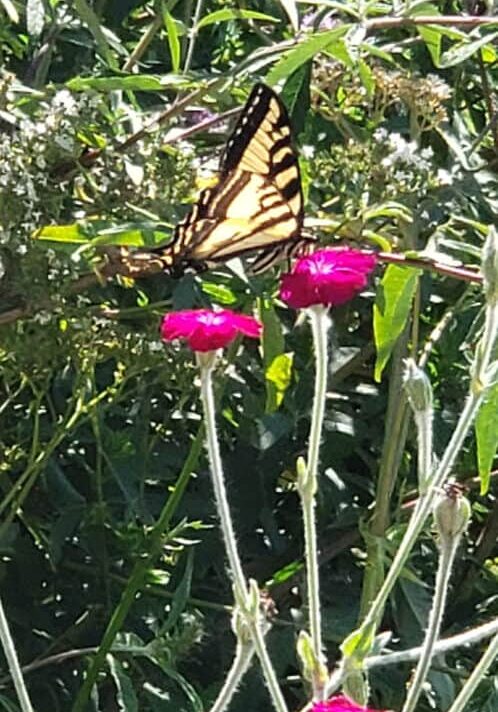
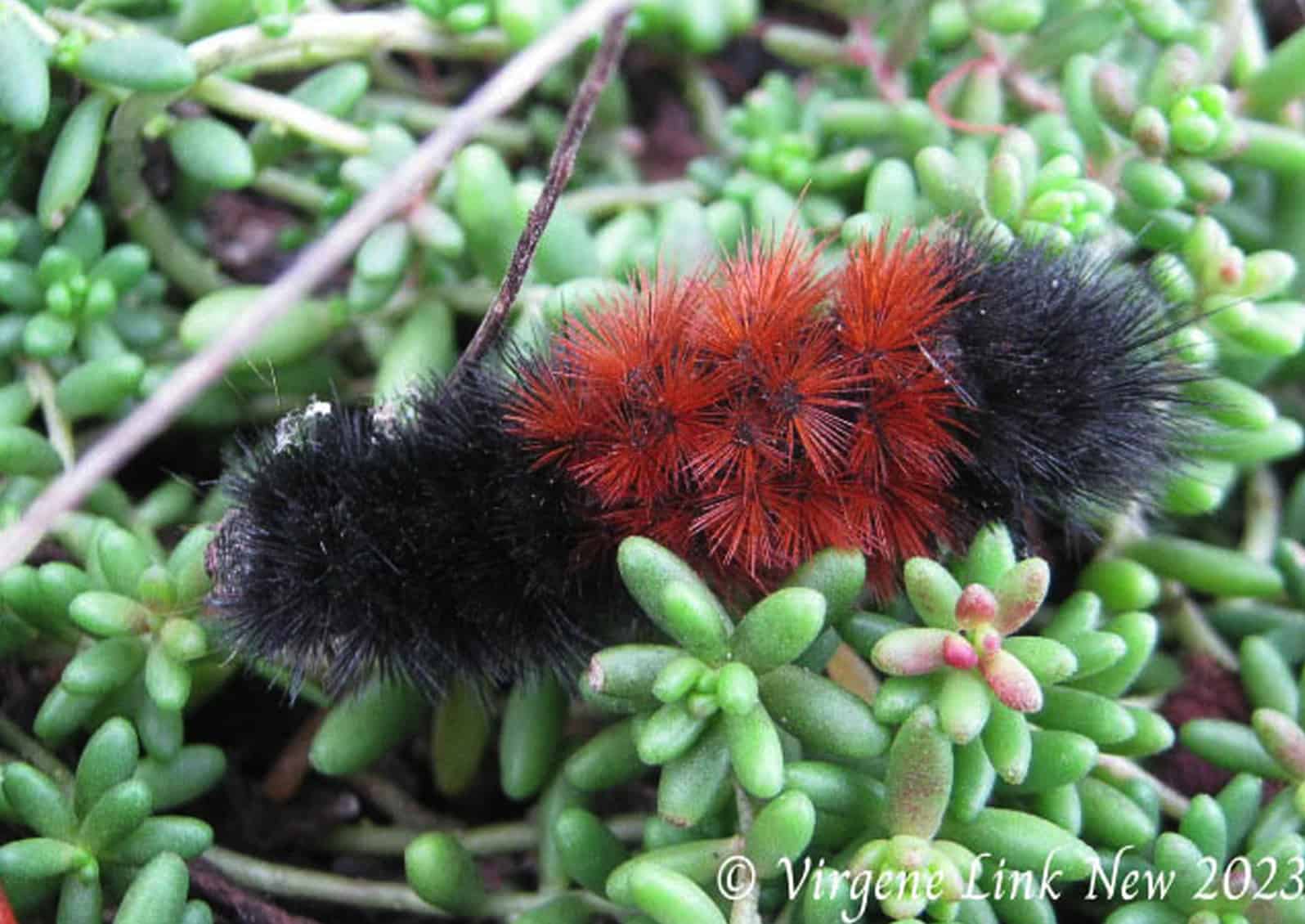
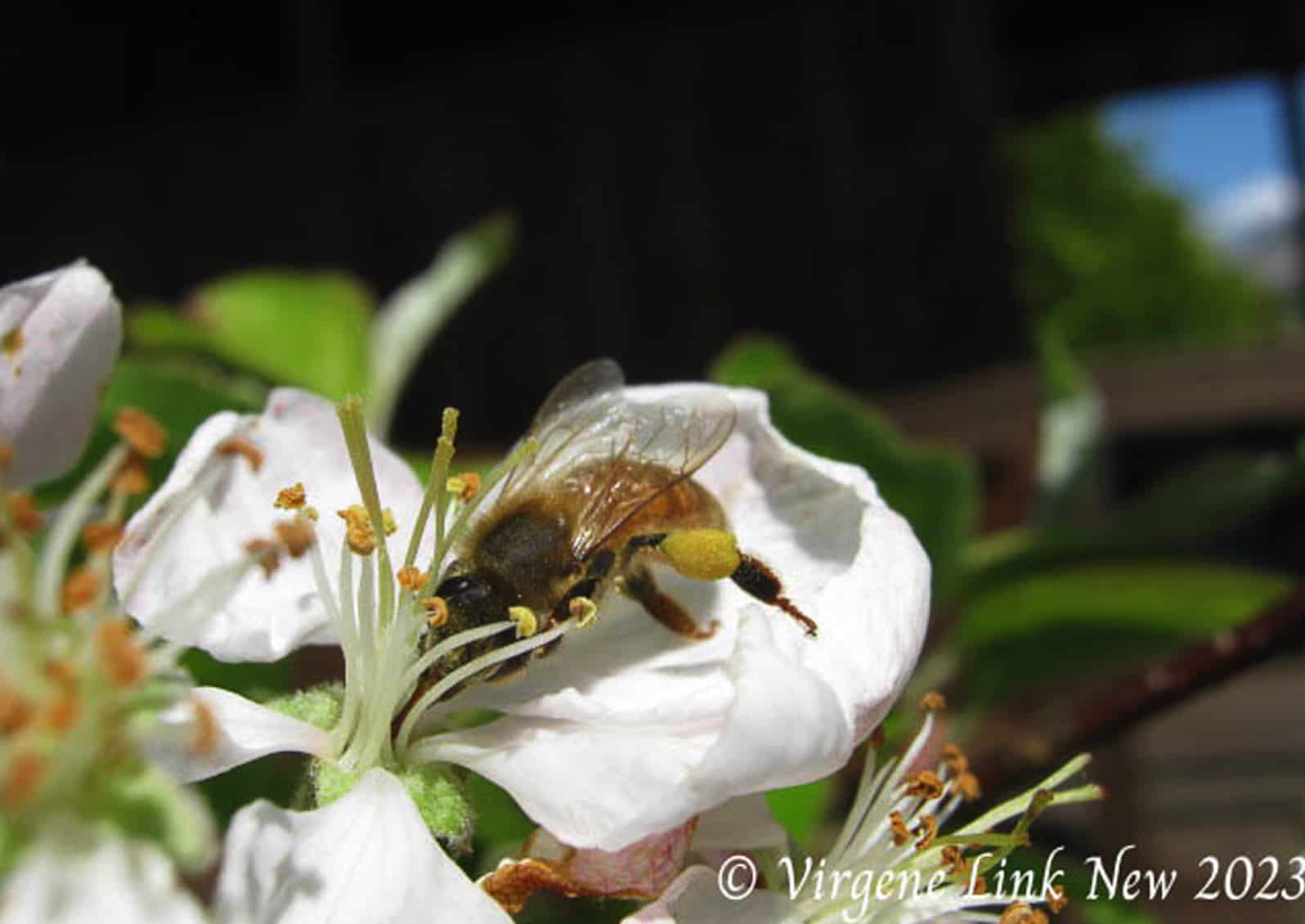
Flowers, Fruits, and Veggies
Gardeners should consider choosing plants that will provide pollinators with a variety of feeding choices all season long. Choosing early and mid-spring blooming flowers or bulbs to attract pollinators is a wise strategy. Once the pollinators have been attracted to the garden, vegetables will be bountiful all summer long. Fruit trees in blossom are ready to be pollinated. Be sure to share the bounty with birds later in the season as they were likely part of the pollinator team.
Remember to be patient. Attracting pollinators is laying the groundwork for years to come, so efforts made now will affect the garden and pollinators in the future. Watch and study your space for attractiveness to pollinators as you would for sun and shade. Neighboring plants can repel certain pollinators and you may need to move or rethink what to plant in a particular area to attract the pollinators for garden needs. Gardening for pollinators is a journey of learning and understanding.
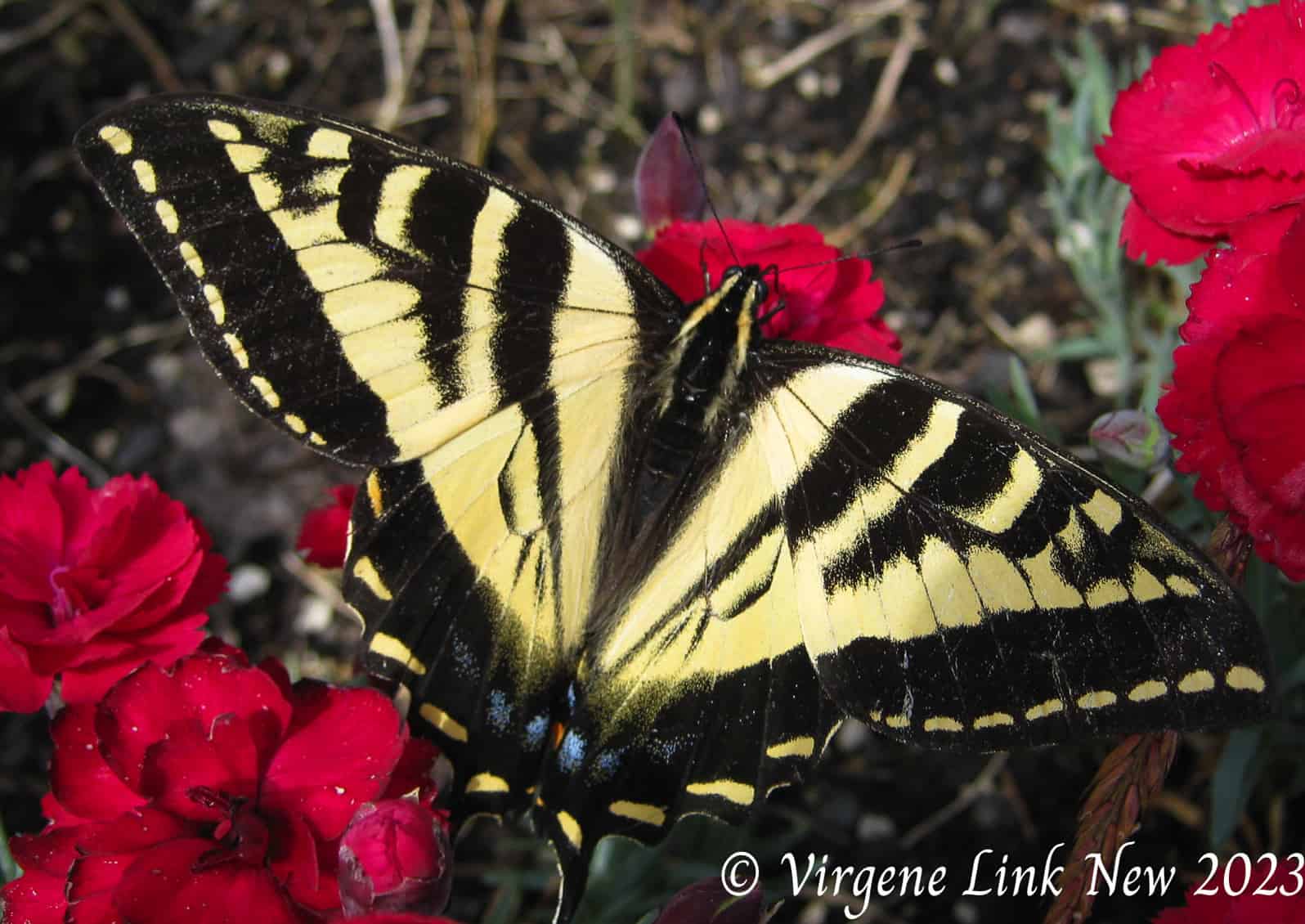
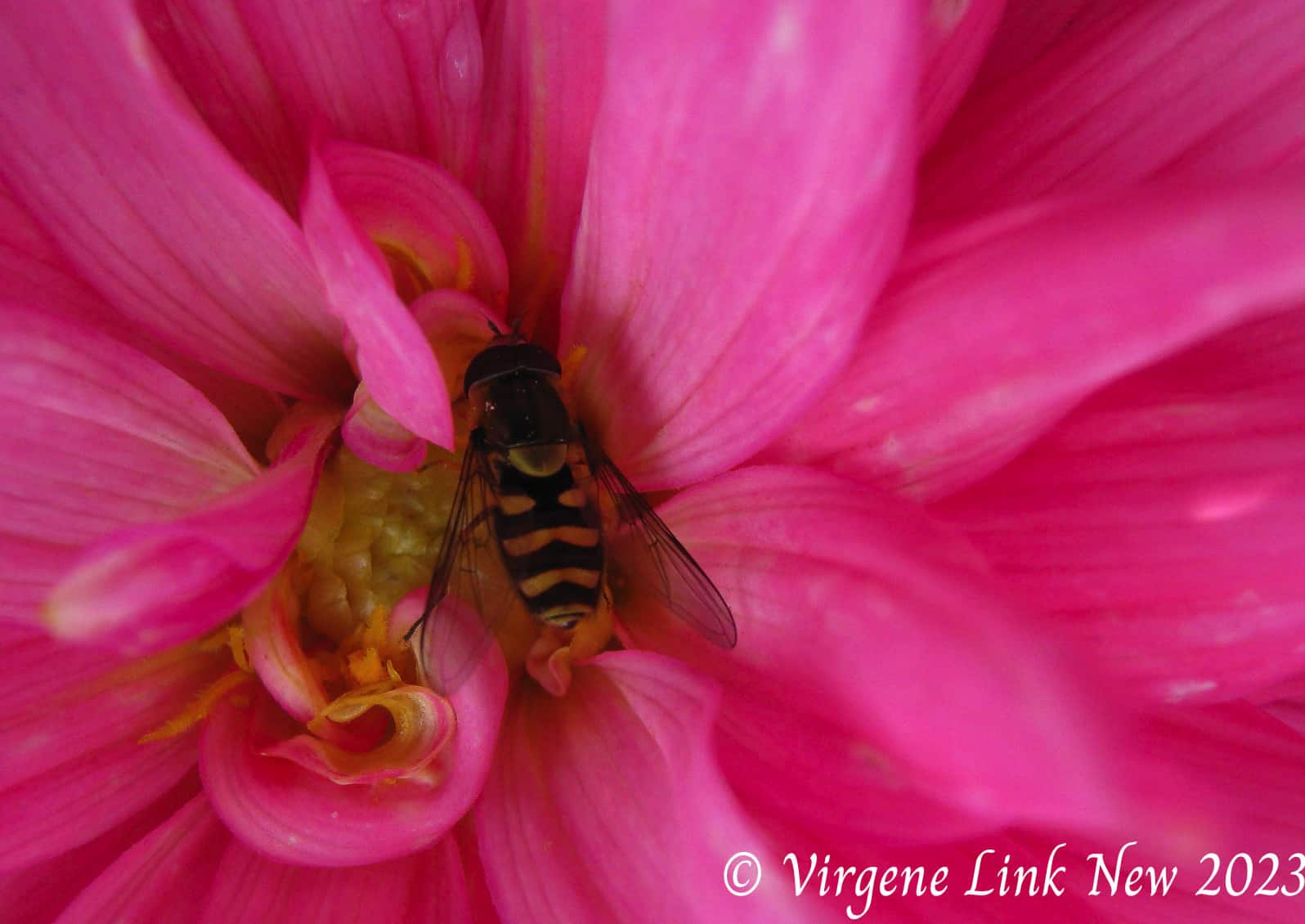
Attracting Pollinators
If you personally like scented plants then you already know which plants pollinators enjoy. In addition to scent, think of using the open face of a flower as a landing place for the pollinator to rest while gathering and distributing pollen. Whether it’s a bee, a butterfly, or a bird, rest areas will encourage different pollinators to return. In the Pacific Northwest, especially western Washington, pollinators are lured by crocosmia, coneflowers, lavender, catmint, and sunflowers to name a few. One easy-to-grow pollinator-friendly annual is lacy phacelia, also known as blue tansy. It is a beautiful lavender color, grows easily from seed, and bees will flock to this plant. Distribute the seeds around your yard and enjoy its tall, beautiful splendor.
The number of scented plants in the Pacific Northwest is quite wide, from climbing vines like honeysuckle to lavender and lilac bushes. There are plenty of native species to choose from that are drought tolerant once established such as camas, lupine, salvia, and checker mallow also known as Malva. Daisies, asters, California poppy, catmint, and sage are also pollinator-friendly plants easily grown in the PNW.
What can we do to support pollinators?
How we can best support pollinators depends on the season. In fall, it’s best to put down your rake and leave the leaves on the ground. Mother Nature will do her best to push the leaves together under shrubs or against a structure. Some pollinators burrow under these leaf accumulations to overwinter. Wait until the spring weather is warmer (above 50°F) before cleaning up the garden as the pollinators will need the warmth as they emerge from their winter habitat.
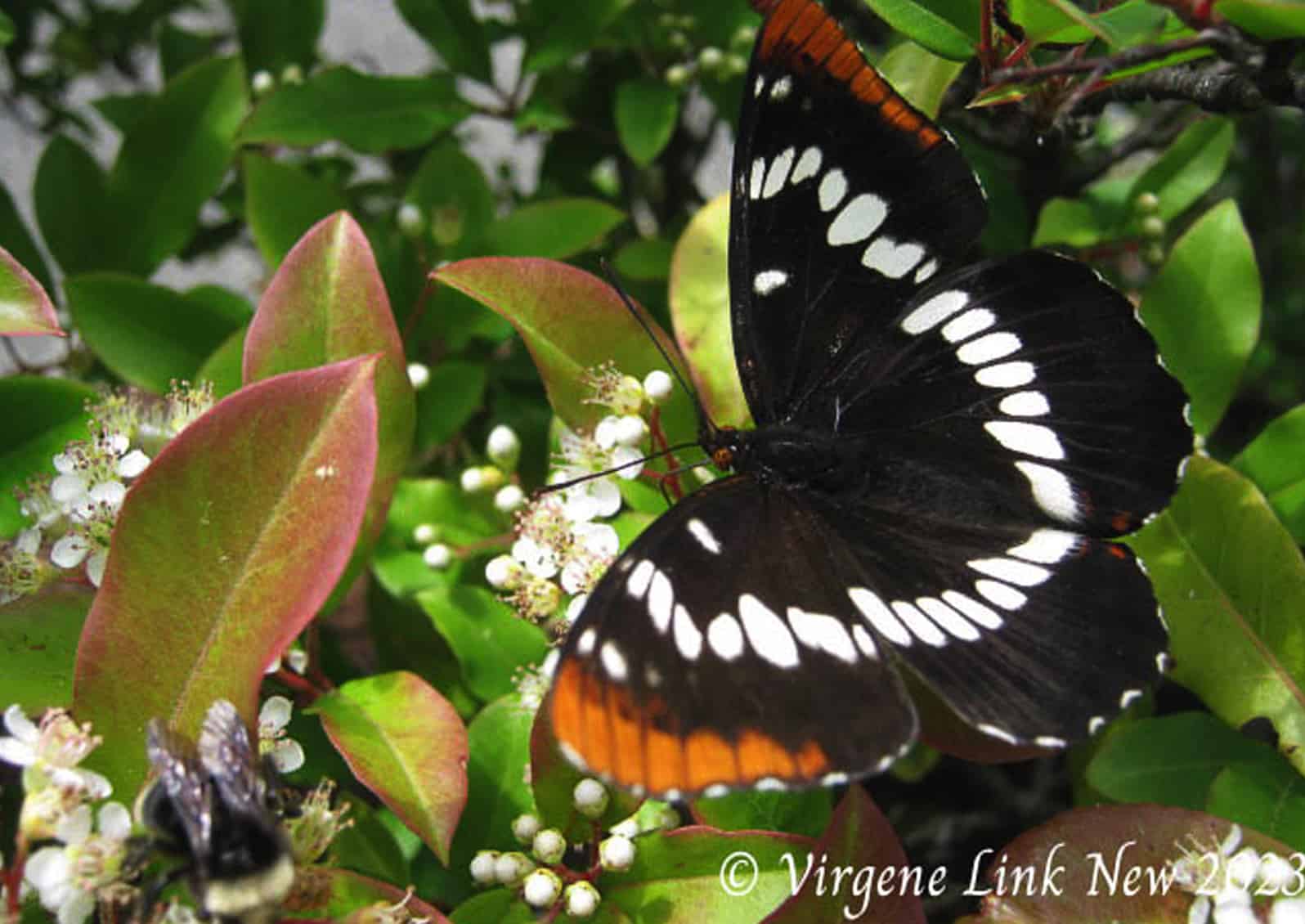
Reduce the areas of grass on your property by adding shrubs, trees, and perennials that will provide visual interest and habitat for birds and insects. Use fewer toxins and chemicals, when possible. Pollinators need water for many purposes, including drinking, cooling, and reproduction so be sure to provide a source of shallow water near pollinator plants. Recycle pots or repurpose other containers (buckets, watering cans, birdbaths, etc.) on your patio or landscape to encourage more pollinators. Secondhand stores are full of items waiting for a reimagined purpose.
By providing backyard habitats or even a patio garden of scented, open flowers, bees and other pollinators will find your offerings. Support them by providing plants that help them do their job. Look online for native Pacific Northwest plants, shrubs, or seeds. Visit a local nursery to get plant recommendations or attend classes. Use your local library to learn more about creating or filling your garden with pollinator-friendly plants.
The more you learn about the world around you, the easier it is to live simply with our environment. Becoming aware of your environment and learning more about pollinators will open your eyes to the beauty and intricate connectivity of nature. We co-habit with and need insects, birds, butterflies, and other creatures to act as pollinators to plants to provide us with both beauty and nutrition. Our health, both physical and mental, would not exist without the efforts of the earth’s pollinators.
REFERENCES AND RESOURCES:
Why is Pollination Important ? U.S. Forest Service
Retrieved from https://www.fs.usda.gov/managing-land/wildflowers/pollinators/importance
James, D. Pollinators retrieved from https://hortsense.cahnrs.wsu.edu/pollinators/
Krischik, V. Pollinator Conservation Biocontrol: Beneficial Insects | IPM and Pollinator Conservation University of Minnesota retrieved from: https://ncipmhort.cfans.umn.edu/beneficial-insects
Zagory, E., Hetrick, K. (2016) Introducing 10 Bees and 10 Plants They Love. University of California, Davis
https://arboretum.ucdavis.edu/sites/g/files/dgvnsk1546/files/inline-files/10-bees-10-plants_0.pdf
ABOUT THE AUTHOR :

Patty Puckett Tingler is a certified Skagit County WSU Extension Master Gardener, Class of 2022.
Questions about home gardening or becoming a Master Gardener may be directed to: Skagit County WSU Extension Office, 11768 Westar Lane, Suite A, Burlington, WA 98233; by phone: 360-428-4270; or via the website: www.skagit.wsu.edu/mg
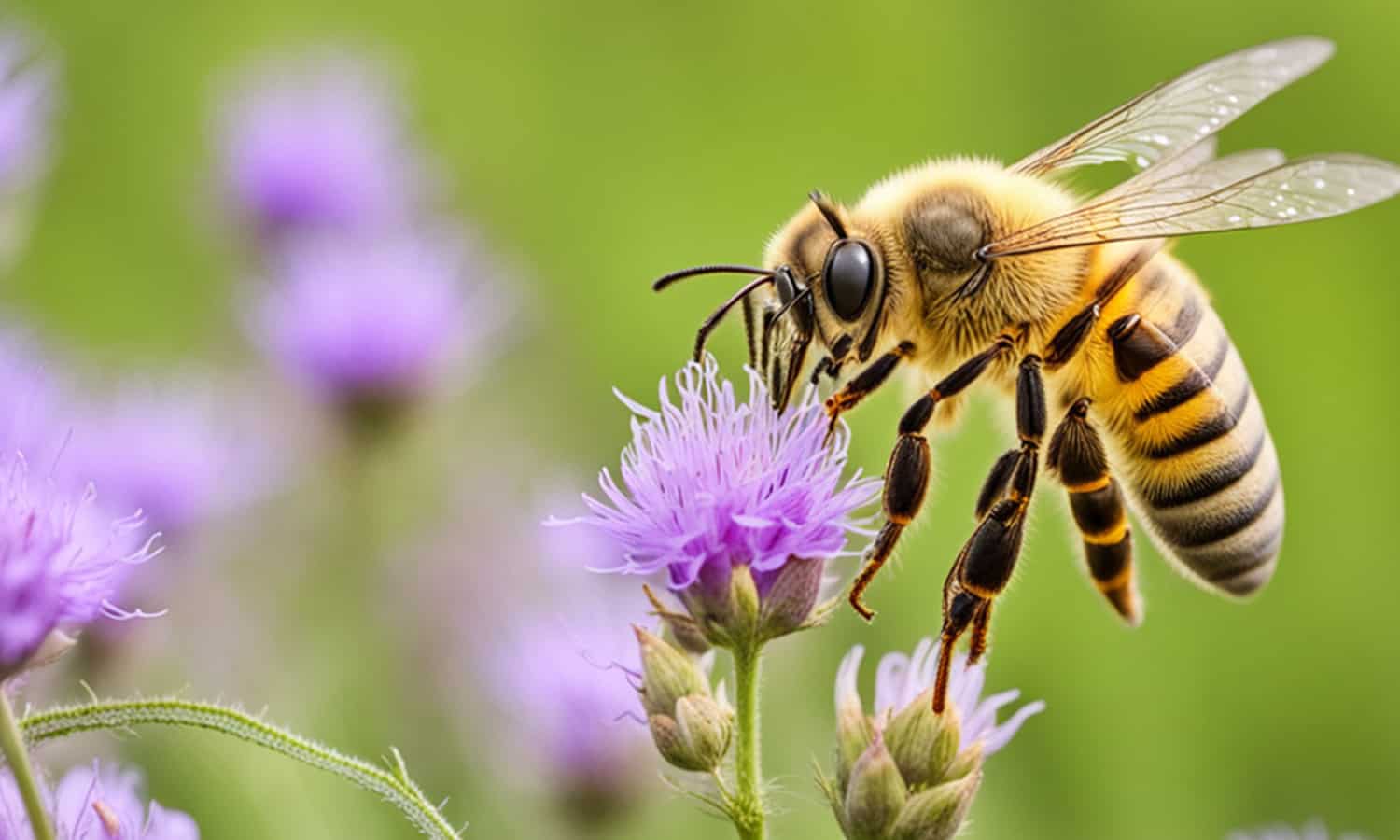
Learn from the experts at the
Country Living Expo
& Modern Homesteading
Saturday, January 27, 2024
Learn More and Register Here >>
These Gardening Topics and More:
- Fruit Tree Pruning & Grafting
- Microclimates in the Garden
- Low Maintenance Gardening
- Roses
- Bee Keeping
- Soil Sampling
- Veggie Gardening
- Growing in High Tunnels, Cold Frames, and Unheated Greenhouses
- Pest Control
- Hop Growing
- Flower Arranging
- Know Your Native Trees
- Introduction into Mason Bees

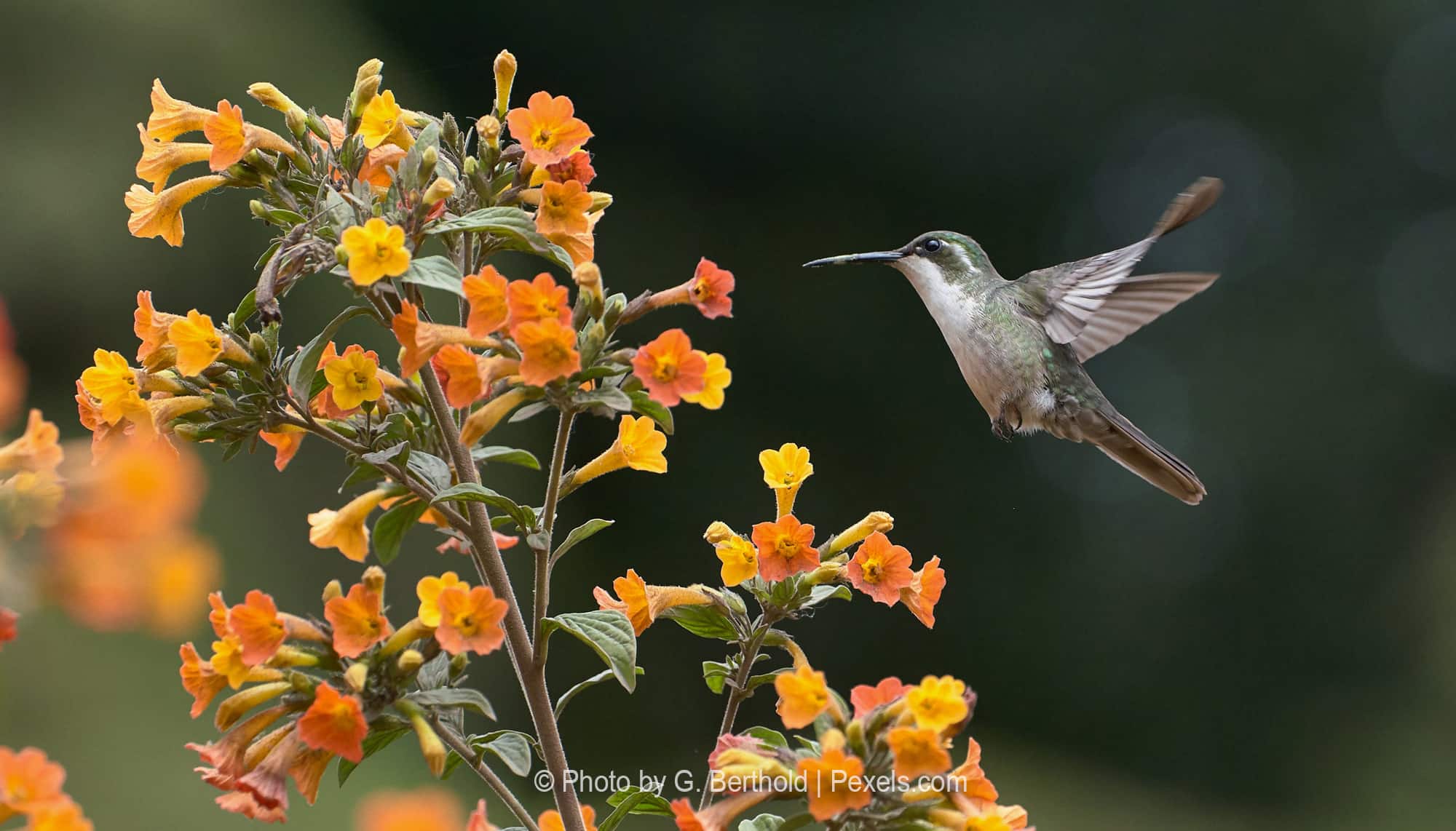
Thanks Patty. Love those “bugs”!